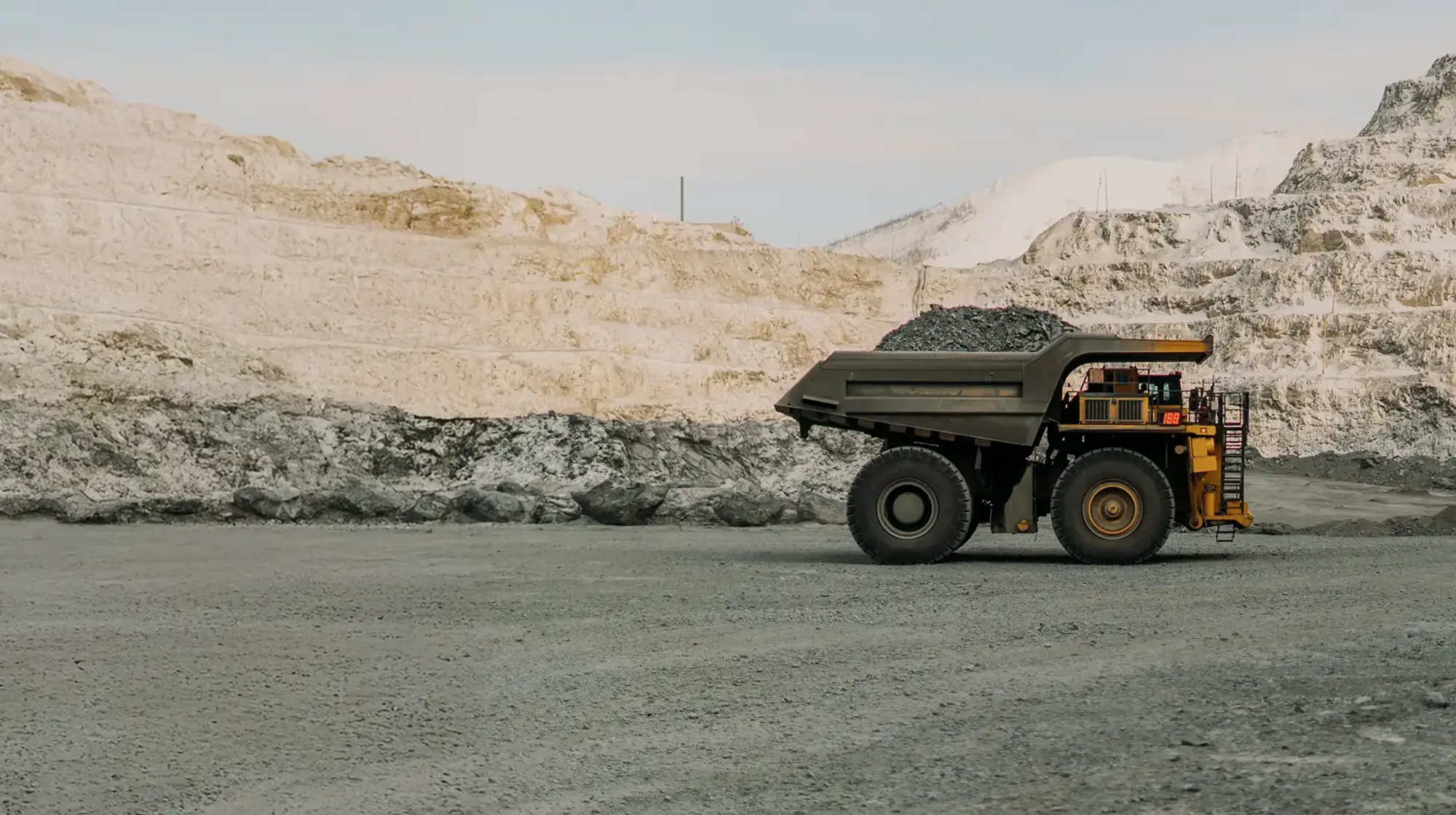Reports related to this article:
Project(s): View 1 related project in PECWeb
Plant(s): View 1 related plant in PECWeb
Released December 12, 2022 | CORDOBA, ARGENTINA
en
Researched by Industrial Info Resources (Sugar Land, Texas)--Water is a vital resource for the Chilean mining industry. The mines are usually located in remote locations and dry areas, where a water-supply system is essential. The mining industry in the country has found an answer to this challenge in the desalination of seawater.
According to the study "Projection of water consumption in Copper Mining 2021-2032," by the Chilean Copper Commission (COCHILCO), seawater consumption in the mining sector will have a sustained increase and the use of water of continental origin will be reduced. This study highlights that by the year 2032, the use of seawater will be divided as follows: 13.5% for the Tarapacá Region; 62.7% for the Antofagasta Region; 15.7% for the Atacama Region, and 8.1% for the Coquimbo Region.
Two types of technologies currently are used to transform seawater into drinking water: water desalination by reverse osmosis and thermal desalination based on low-temperature evaporation and condensation.
The most widely-used technology in the Chilean mining industry is the desalination of seawater by reverse osmosis. Plants that use this type of technology produce desalinated water that can be converted into high-quality drinking or industrial water for use in the mining industry.
One of the main challenges for the implementation of water desalination plants is the large energy consumption that these types of plants require. Desalination technologies have advanced in the optimization of energy consumption and reduced the cost of operation, to which can be added the generation of energy from renewable sources such as solar, an energy source in which Chile is a pioneer in the region.
The Chilean government takes measures to promote investments in desalination of seawater and an increase in the rate of this type of investment is expected. Environmental, social and governance (ESG) projects from mining companies will boost the activity of desalination projects. An example is the Salar Futuro project, in which mining company SQM (Santiago, Chile) plans to build a desalination plant to supply water to its operation and reduce the use of continental water by 40%. Subscribers to Industrial Info's Global Market Intelligence (GMI) Metals & Minerals Project Database can click here for the project report and click here for the related plant profile.
Industrial Info is tracking investments of more than US$5.2 billion in water desalination projects in the mining industry in Chile, and five operational plants located in the Antofagasta and Atacama regions. Subscribers can click here for the project reports and click here for the operational plant profiles.
Click on the image at right for a map showing mining desalination activities Chile.
Industrial Info Resources (IIR) is the leading provider of industrial market intelligence. Since 1983, IIR has provided comprehensive research, news and analysis on the industrial process, manufacturing and energy related industries. IIR's Global Market Intelligence (GMI) helps companies identify and pursue trends across multiple markets with access to real, qualified and validated plant and project opportunities. Across the world, IIR is tracking more than 200,000 current and future projects worth $17.8 Trillion (USD).
According to the study "Projection of water consumption in Copper Mining 2021-2032," by the Chilean Copper Commission (COCHILCO), seawater consumption in the mining sector will have a sustained increase and the use of water of continental origin will be reduced. This study highlights that by the year 2032, the use of seawater will be divided as follows: 13.5% for the Tarapacá Region; 62.7% for the Antofagasta Region; 15.7% for the Atacama Region, and 8.1% for the Coquimbo Region.
Two types of technologies currently are used to transform seawater into drinking water: water desalination by reverse osmosis and thermal desalination based on low-temperature evaporation and condensation.
The most widely-used technology in the Chilean mining industry is the desalination of seawater by reverse osmosis. Plants that use this type of technology produce desalinated water that can be converted into high-quality drinking or industrial water for use in the mining industry.
One of the main challenges for the implementation of water desalination plants is the large energy consumption that these types of plants require. Desalination technologies have advanced in the optimization of energy consumption and reduced the cost of operation, to which can be added the generation of energy from renewable sources such as solar, an energy source in which Chile is a pioneer in the region.
The Chilean government takes measures to promote investments in desalination of seawater and an increase in the rate of this type of investment is expected. Environmental, social and governance (ESG) projects from mining companies will boost the activity of desalination projects. An example is the Salar Futuro project, in which mining company SQM (Santiago, Chile) plans to build a desalination plant to supply water to its operation and reduce the use of continental water by 40%. Subscribers to Industrial Info's Global Market Intelligence (GMI) Metals & Minerals Project Database can click here for the project report and click here for the related plant profile.
Industrial Info is tracking investments of more than US$5.2 billion in water desalination projects in the mining industry in Chile, and five operational plants located in the Antofagasta and Atacama regions. Subscribers can click here for the project reports and click here for the operational plant profiles.
Click on the image at right for a map showing mining desalination activities Chile.
Industrial Info Resources (IIR) is the leading provider of industrial market intelligence. Since 1983, IIR has provided comprehensive research, news and analysis on the industrial process, manufacturing and energy related industries. IIR's Global Market Intelligence (GMI) helps companies identify and pursue trends across multiple markets with access to real, qualified and validated plant and project opportunities. Across the world, IIR is tracking more than 200,000 current and future projects worth $17.8 Trillion (USD).



